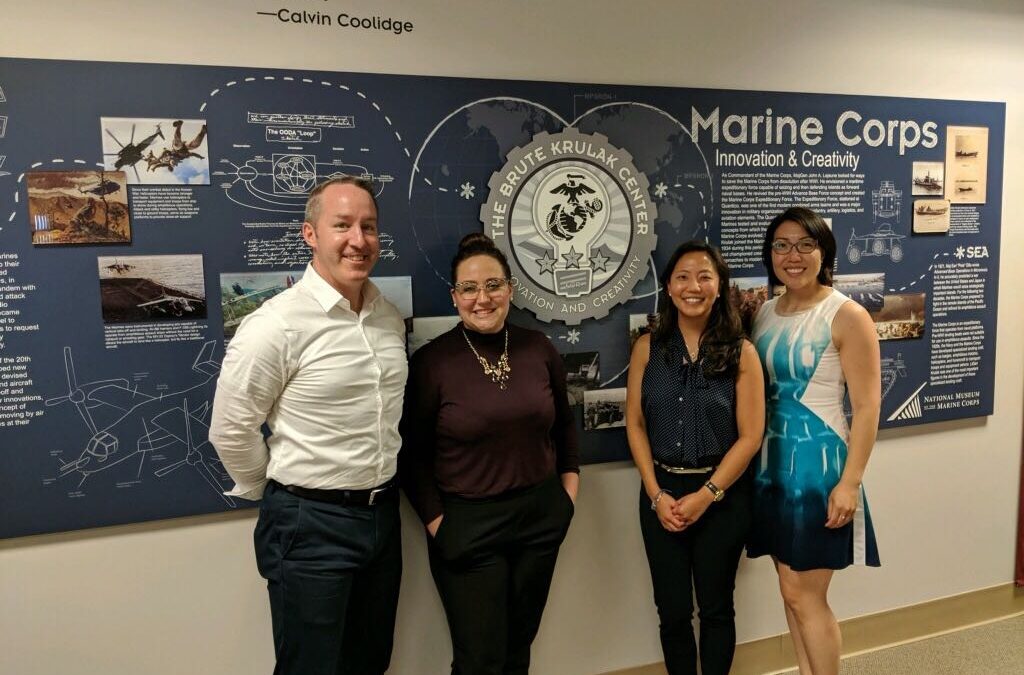
by choij | Sep 30, 2019 | Success Stories, Team Toolkit
Hot. Muggy. Humid. Like a swamp (but not really).
Yep, I’m talking about DC summers. The time when tourists and summer interns descend en masse upon the District, and the locals grumble about these visitors mistakenly standing on the left side of the metro escalators.
But now that the kids have gone back to school, the mornings have a brisk chill, and the green trees are starting to show their first yellow leaves, it’s time for us summer lovers to accept the inevitable: Fall is coming.
With any change in seasons, it’s a prime time to reflect on the past season to savor the good moments and make course corrects for the next one.
For me, my favorite ITK summer memory was by far our “ITK DC Roadshow” to bring our Innovation Workshop to the National Academy of Sciences, the National Academy of Public Administration, and the US Marine Corps Brute Krulak Center for Innovation and Creativity.
Based on their interest and unique requests, Team Toolkit developed a custom Innovation Workshop that took participants on a lightning round lesson on three ITK tools (Problem Framing, Value Proposition Canvas, and Culture Change Canvas). They learned how to use these tools and applied them for current problems with us there to guide them.
It was an absolute delight working with such engaged and dynamic participants: We were truly impressed by their eagerness, their hunger for innovation, and their willingness to try something different.
And we learned so much from them too! We found fellow comic makers and problem framing enthusiasts, and our own perspectives and world views were positively widened from our workshop conversations.
But the best part was the “Train the Trainer” portions of our workshop: Rather than being only a participant, we invited our audiences to also become co-conspirators of innovation by teaching them how to lead the use of these tools on their own teams without us.
Let’s let that soak in a bit… remember the saying about the man and the fish?
Give a man a fish, and you feed him for a day.
Teach a man to fish, and you feed him for a lifetime.
Yes, that one. By teaching our audiences how to use ITK tools, and the practices and mindsets behind them, we created the first of hopefully many future cohorts of co-conspirators.
We at Team Toolkit are passionate about democratizing innovation and believe that anyone and everyone can be an innovator. We created the ITK toolkit to provide tools and a structured process to help you get there faster because helping you ultimately helps all of us.
Have a question on the ITK tools? Want an ITK Innovation Workshop at your organization? Not sure where to start but know you want to?! Contact us! We’re here to help and can’t wait to connect with you.
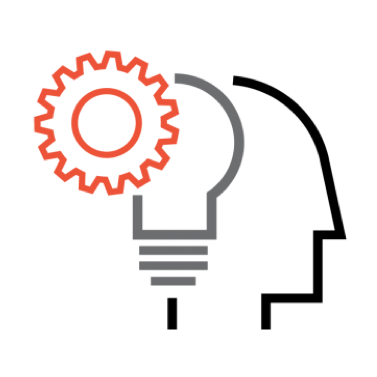
by dbward | Sep 23, 2019 | Tools 101
As part of our ongoing commitment to experimenting and communicating, we recently put together this little “video tour” of the Innovation Toolkit.
In a mere 9 minutes, we present detailed introductions to the six tools listed below (with handy links to the starting points in the video for each one)
- Problem Framing (2:15): Build clarity and consensus about the problem they are trying to solve
- Rose, Bud, Thorn (3:11): Assess the Positive, Negative, and Potential aspects of a project or topic
- Journey Map (4:14): Understand the user’s process, pain-points, and challenges
- PreMortem (5:15): Explore the future and establish a shared understanding of what success looks like
- Lotus Blossom (6:12): A structured ideation method for rapidly creating an organized set of creative ideas
- Trimming (7:25): A simplifying tool to experimentally reduce complexity or streamline a project, product, process, or plan
We hope you enjoy the video and share it with your friends!
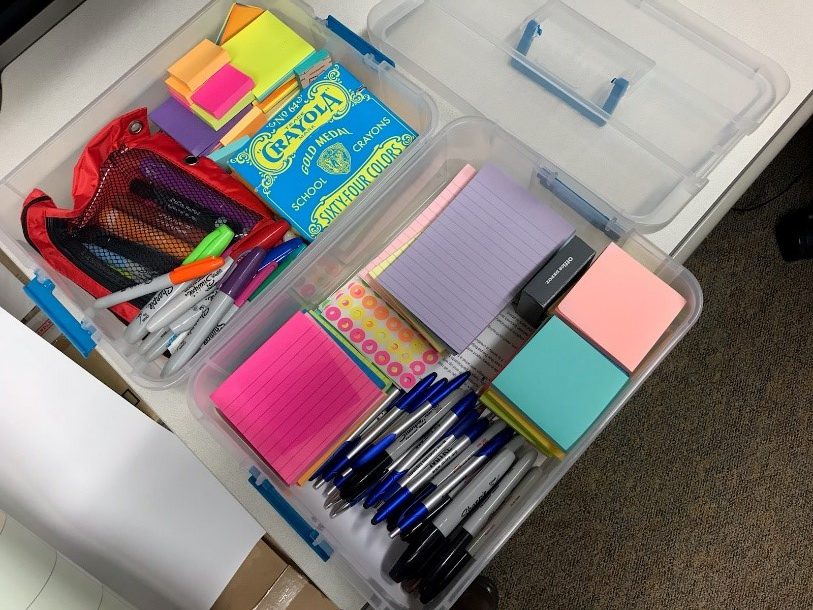
by Niall White | Sep 16, 2019 | Uncategorized |
Remember the days of building a sandcastle in a sandbox, or creating a spaceship out of an old egg carton and tinfoil? These are examples of Minimum Viable Products (MVPs) and/or Prototypes!
Perhaps you didn’t have the money to buy the latest Millenium Falcon when you were a kid so you used the resources readily available to you to build something that shared the same vision: The power of space travel in the palm of your hands. This vision likely inspired others to make a similar investment, ask you how you did it, and carefully monitor the groceries brought in from the car. These same principles scale to a real-life next generation space transport, designed to carry a crew to Mars.
In the world of Agile software development, “DevSecOps”, and Design Thinking, its not uncommon to hear the terms Minimum Viable Product (MVP) and Prototype. You may even hear them used interchangeably, but is this correct? Let’s take a look.
An MVP is a product with a minimized feature set, usually intended to demonstrate vision while reducing the developer’s risk. Precious resources are saved by creating a smaller set of capabilities or information. Focusing solely on providing some initial value to users allows developers to test their assumptions and demonstrate basic market viability before making significant investments of time and money.
In some circles, a prototype is a representative example of the desired end-product or service. These can be incredibly useful for demonstration, testing, and getting buy-in from stakeholders. In other circles, prototyping is used for quickly assessing the viability of an idea using lower-than-production-quality materials (ex. using a paper towel roll as a lightsaber handle …). The latter interpretation of prototyping is perhaps more in line with the intended meaning of MVP, as coined by Frank Robinson and made popular by Steve Blank and Eric Ries.
One important thing to note is that both MVP’ing and Prototyping are best done iteratively. Don’t make just one MVP or prototype. Create several, each of which builds on the lessons from the previous ones.
Depending on the environment, it can be important to note the differences. Perhaps you find yourself in an organization where the term “prototype” has centered around the shiny representative final product. If you bring up rapid prototyping to weed out various risks, you may find yourself under the proverbial pile of rotten tomatoes. On the other hand, you may need to be careful using the term MVP. Some may have bad experiences where an MVP was too “Minimum” and not enough “Viable Product,” such that it turned off potential investors.
Can your egg carton be considered a prototype? Certainly! Just remember that there may be some “Doc Browns” out there, apologizing to Marty for the scrappiness of his model of downtown Hill Valley, complete with miniature DeLorean. You may have to explain that your use of “prototype” is not the same as a production ready representative example.
Follow these links if you’d like to learn more about MVP’s and Prototypes.
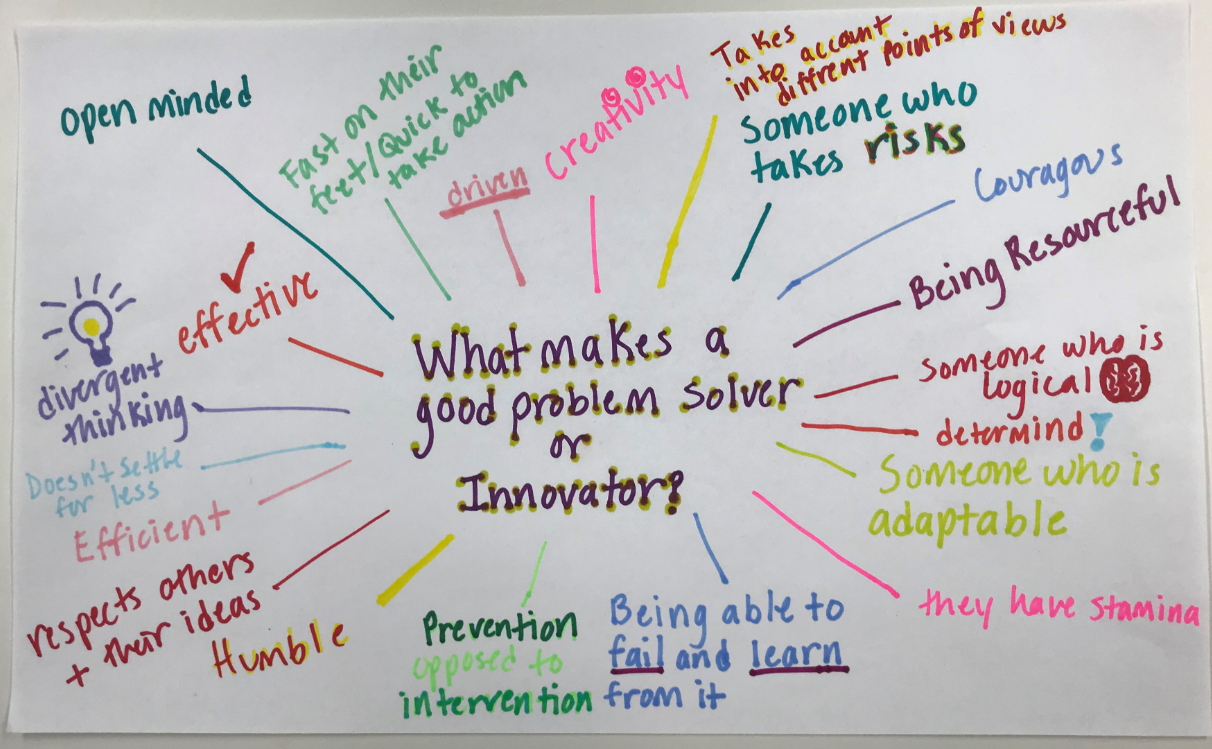
by Aileen Laughlin | Sep 9, 2019 | Uncategorized |
If you ask anyone on the ITK team (or really most people I work with), they’ll tell you I am always sharing articles. I recently came across this article about one person’s progression from sweeping floors to executive leadership, and instead of just emailing it to some friends I thought I’d write about it for the ITK blog.
The article appeared in Inc magazine, and it’s titled This Kombucha CEO Hired a Man Who Spoke No English. He Is Now a Company Executive. It’s a terrific story about solving problems and working together – two big themes of Team Toolkit’s work.
The article is a great example of how having the right attitude can take you far in life. However, I really enjoyed imagining this gentleman’s humility, curiosity, desire to learn, and develop mastery as he progressed through different areas within the company. The CEO’s comment about generalist vs. expert and how despite not having a laundry list of degrees, this employee is always the first to solve a problem made so much sense! Openness and diversity in thought and experience are such important elements of solving problems and practicing innovation.
Team Toolkit thinks about this stuff a lot, and we’re always exploring ways to better understand it. At a recent event, we took a post-it poll asking, “What makes a good problem solver or innovator?” Our high-school intern, Niomi Martinez, turned the poll results into the Mindmap above.
We’d love to hear what you think – Anything missing from the list? Anything you agree with? Disagree with? Share your thoughts in the comments section below!
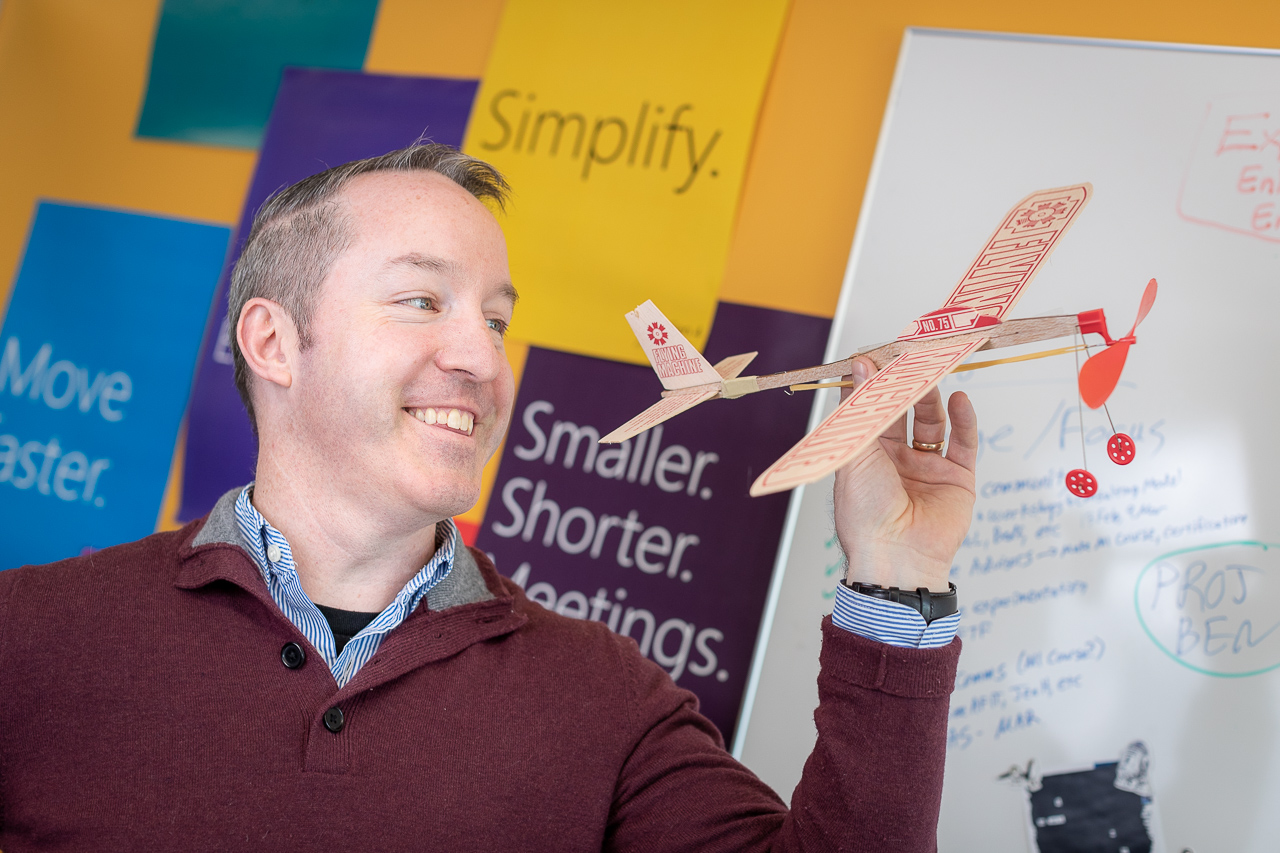
by kswhite | Sep 3, 2019 | Interviews, Team Toolkit
I had the pleasure of interviewing Dan Ward, an outstanding member of the Innovation Toolkit (ITK) team and MITRE Innovation Catalyst. (Yes, that is his actual title. Fitting, right?) Dan describes himself as a positive, energetic person and I think it is safe to say that anyone who meets him would agree. Dan brings oodles of fun, positive energy to every ITK function— enough to fill the room and even take home leftovers. We are pretty lucky to have him on the team!
 Dan has an impressive professional bio. He spent 20 years with the Air Force on active duty, retired, started an innovation consultancy, and came to MITRE to get the best of all those worlds. He’s an author, researcher, professional speaker, engineer— and let’s not forget, a fire eater! —you know, the people who stick flaming torches down their throats and blow giant fireballs from their mouths. (That tidbit doesn’t always make it to the professional bio.) He started doing magic shows when he was 10, then advanced to juggling, and then progressed fire eating. Naturally. (Yes, he likes spicy food. More about that later.) Now also seems to be a good time to put a plug in for his book: F.I.R.E: How Fast, Inexpensive, Restrained, and Elegant Methods Ignite Innovation. If you haven’t yet already, check it out. It’s one of his many claims to flame—uh, I mean fame.
Dan has an impressive professional bio. He spent 20 years with the Air Force on active duty, retired, started an innovation consultancy, and came to MITRE to get the best of all those worlds. He’s an author, researcher, professional speaker, engineer— and let’s not forget, a fire eater! —you know, the people who stick flaming torches down their throats and blow giant fireballs from their mouths. (That tidbit doesn’t always make it to the professional bio.) He started doing magic shows when he was 10, then advanced to juggling, and then progressed fire eating. Naturally. (Yes, he likes spicy food. More about that later.) Now also seems to be a good time to put a plug in for his book: F.I.R.E: How Fast, Inexpensive, Restrained, and Elegant Methods Ignite Innovation. If you haven’t yet already, check it out. It’s one of his many claims to flame—uh, I mean fame.
After retiring from the military, Dan enjoyed the freedoms that came with independent consulting, but missed being part of the long-term goals and objectives that come with working on a larger team. A longtime friend who worked for MITRE and is also named Dan Ward (What are the chances?), invited our Dan Ward to apply for a new innovation and experimentation job opening at the company. Dan gave it a whirl and was struck by MITRE’s hiring practices. At his job interview, he found that MITRE wasn’t trying to fit him to a specific role, but rather change the role to fit him and his strengths and interests, making for an overwhelmingly positive experience that ended in an offer he couldn’t refuse.
At MITRE, Dan’s day job is working on defense acquisition policy. The Pentagon recently rolled out a middle-tier pathway of acquisition to speed up the process and reduce management overhead and oversight. Dan helps shape and craft that policy. He trains program offices and MITRE folks on what it means, how to use it, and how to implement acquisition authority. This work mainly consists of training, writing, consulting, and research.
Dan’s passion project at MITRE is ITK. When asked to describe the ITK team he said, “A lot of what this team does is help groups work together on difficult technical and organizational challenges. We help with planning, communication, problem-solving and decision making. That’s what a lot of these tools come down to, helping human beings talk to each other in productive ways and solve problems as quickly and effectively as we can.”
Dan’s role on the ITK team includes helping develop tools, facilitate innovation sessions, help MITRE teams understand what innovation is and how to use the tools, use the tools with them, and train people on how to use the tools on their own. As he explains, one of the ITK team’s core goals is to democratize innovation and make sure people understand innovation, know how to do it, and have access to the necessary tools.
The ITK team is unique in that it has a shared leadership structure. It is egalitarian. Dan pointed out, “I’m often described as the leader just because I am the oldest, but I try to correct that perception whenever it comes up.”
The ITK team is also bound by strong ties of friendship. Throughout the interview, Dan often returned to how he values the team. When asked what the cover should look like if ITK were featured on a major magazine, Dan said, “I hope it would have a picture of all of our faces. As cool as the toolkit is, the most important thing we have built is the team.” When asked what the worst-case failure scenario looked like for ITK, Dan said, “A future where we aren’t even friends anymore. That feels like the most dystopian scenario. Or there is another failure where people point to ITK as the main reason for the failure. Of those two, not being friends anymore would be the worst.”
The ITK team has a tradition of celebrating failure with failure cake(which we’ve blogged about previously). Since learning from failure is an important part of innovation culture, and we have had several occasions to literally eat failure cake, I asked Dan what his favorite failure cake flavor is. Next to chocolate, he said, “I like failure cake that tastes like learning.” When pressed for a flavor that most closely resembles the taste of learning, Dan replied with, “Tabasco. Hot and spicy with a little bit of pain but in a good way, and I kinda love it.” (Note to team: find a recipe for Tabasco cake.)
All in all, the one message that Dan hopes people really take away from ITK is, “You can do this. These tools are accessible. They are playful. They are usable. Innovation doesn’t need to be intimidating. It doesn’t need to cost so much or take so long. We can all do something that makes a difference. And I think we all have an obligation to be innovators—question the status quo, question our assumptions, and work well with the people we work with.”






